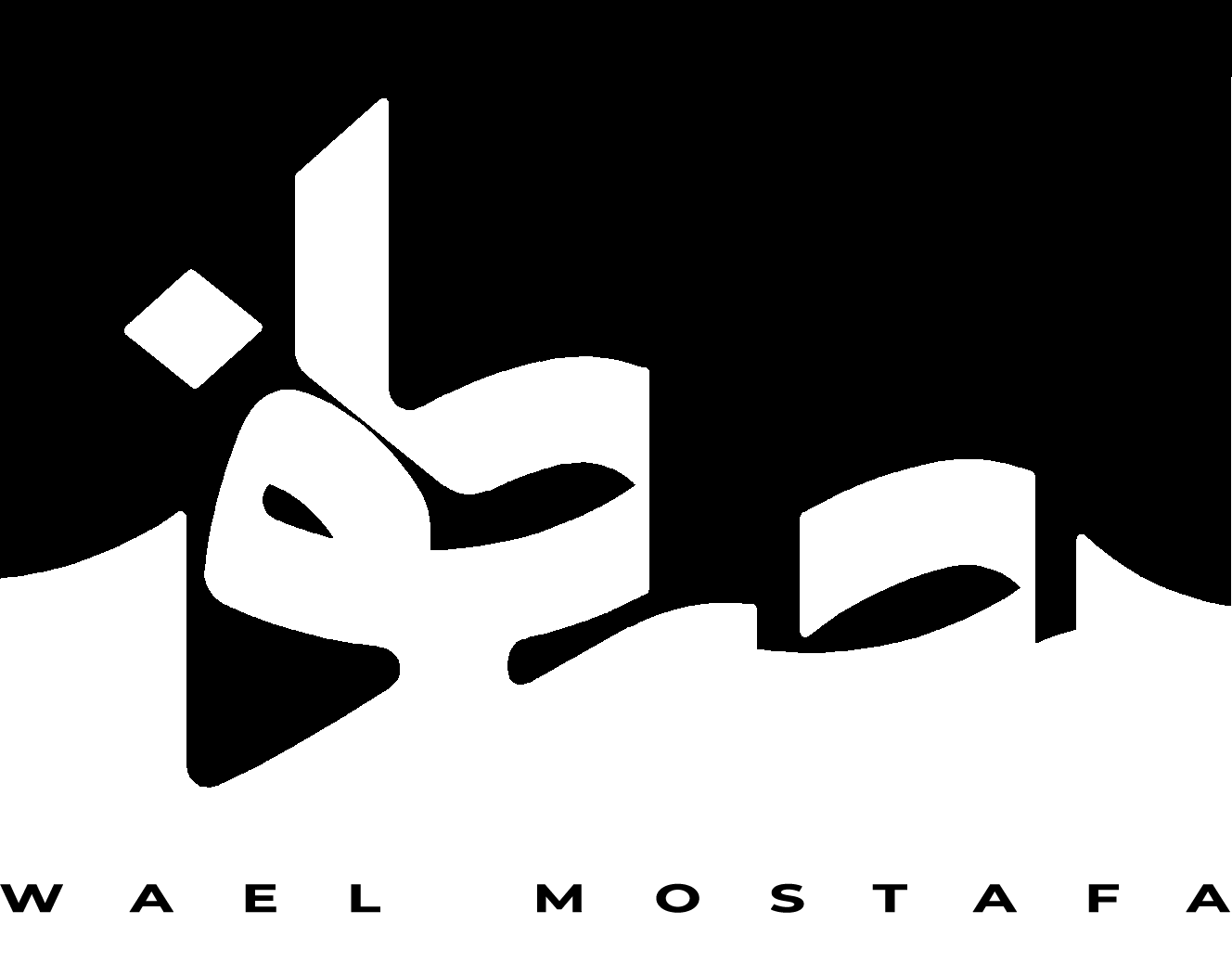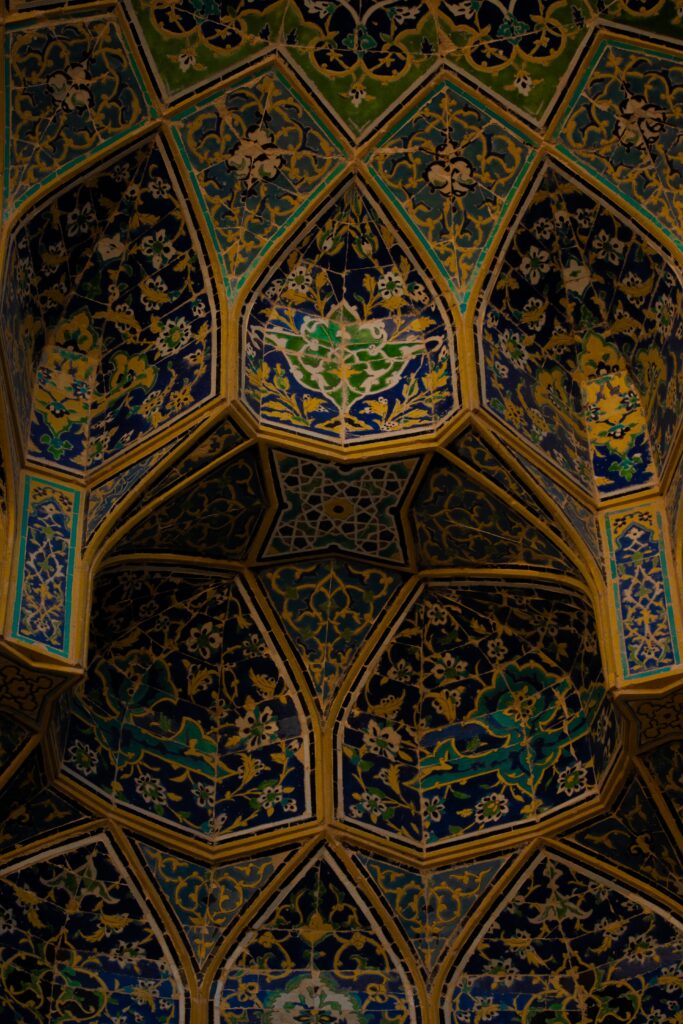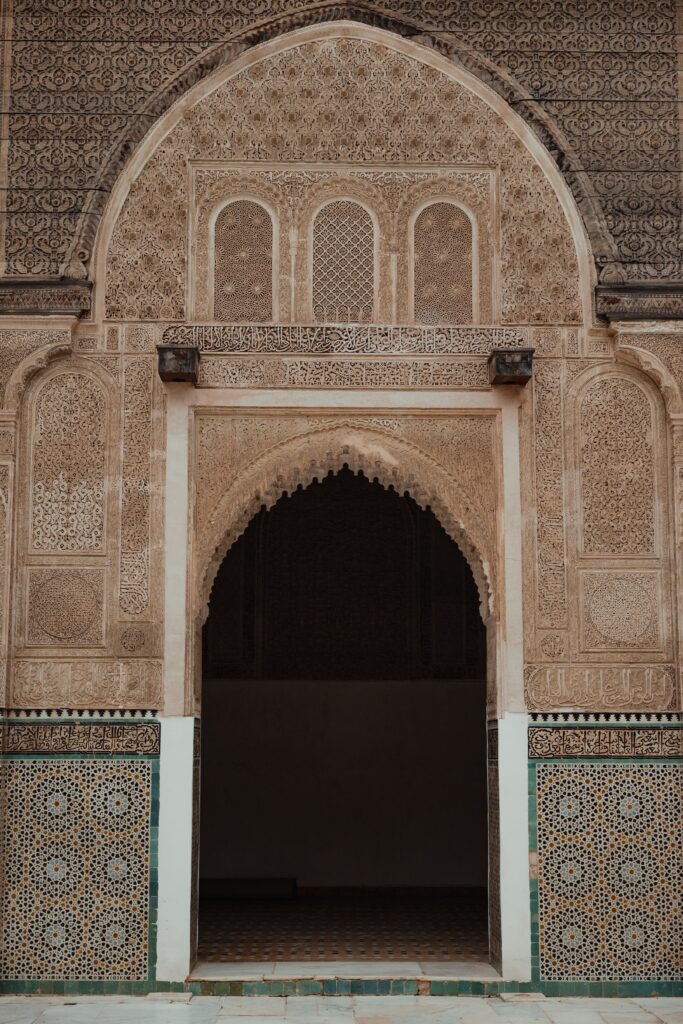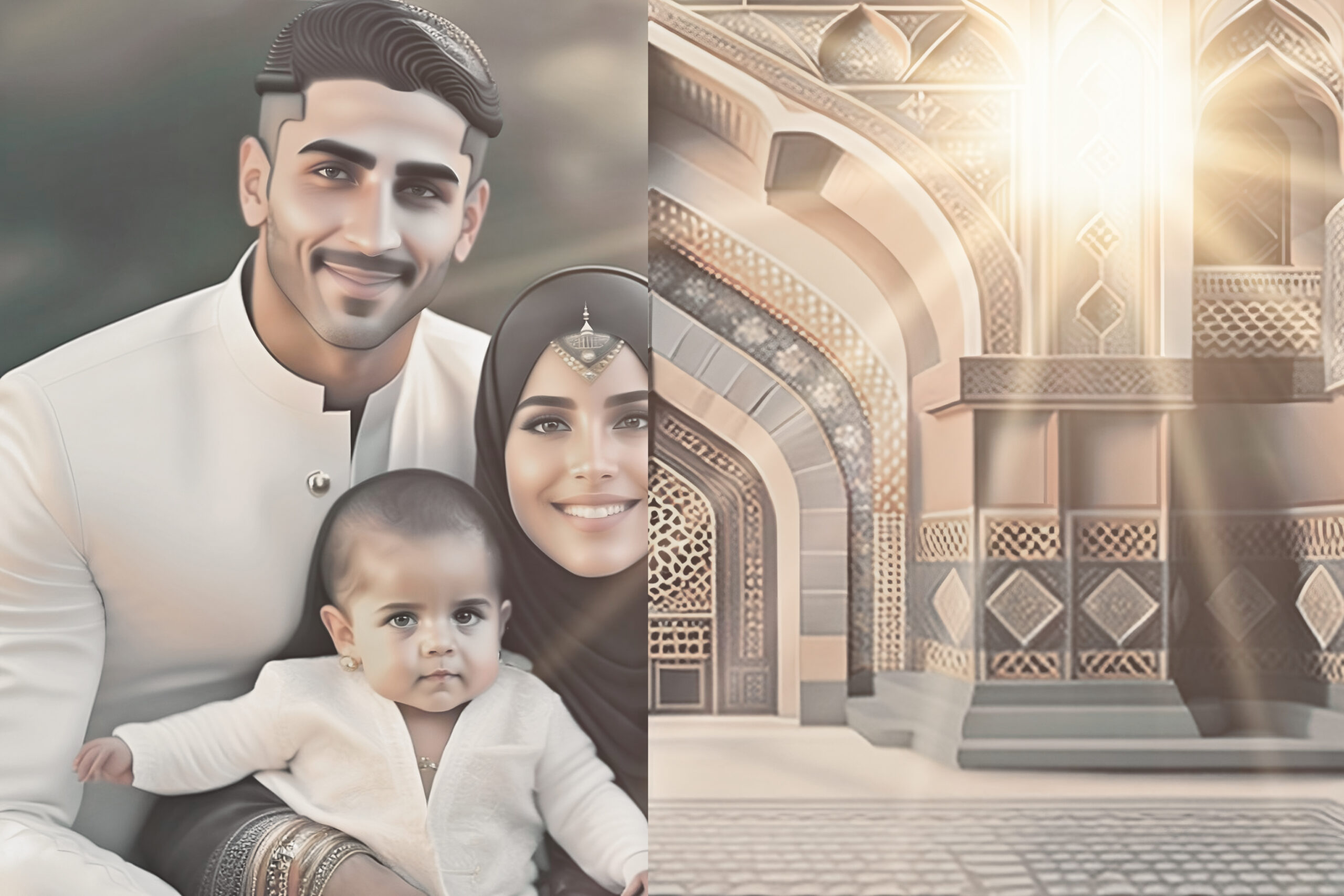
Characteristics of Islamic art - 01
- April 13, 2023
The introduction
Islamic art originated in the Arabian Peninsula in the seventh century AD, and later spread with the gradual spread of religion to the Levant, Egypt, and North Africa, and then to the vast Islamic lands that extend from Spain to Central Asia and Southeast Asia. It then spread to India and Indonesia, where Islamic art absorbed different artistic traditions and techniques, developing diverse and unique artistic styles and practices in each region.
Islamic art encompasses many fields of art and craft, including architecture, interior design, ornamentation, textiles, ceramics, glass, engraving, photography, and calligraphy. Arabic calligraphy and geometric decoration are among the most important artistic fields that characterize Islamic art and represent its essence. Sculpture, copper wording, leather, furniture, jewelry, ceramics, glass, mosaics, carpets, hand-woven textiles, embroideries, tapestry, and other fields of craft are integral parts of Islamic art.
The development of Islamic art with the stages of the spread of Islam can be divided into three crucial periods:
The Mecca period: Lasted about 13 years. It began in 610 AD when the Prophet Muhammad, may God bless him and grant him peace, received a revelation and began inviting people to Islam in Mecca. It ended in 622 AD with the migration to Medina. At this stage, there is not much evidence of the existence of Islamic art in the Mecca period, and it is believed that Islamic art developed after the migration of the Messenger Muhammad to Medina. In the Mecca period, the focus of Islam was on preaching monotheism and spreading the divine message, and works of art were not recorded significantly during this period. However, there could be some simple arts such as painting on walls or rock surfaces, but these works did not reach us from that time.
Medina period: It began in 622 AD with the Hijrah and lasted about 10 years. It was the period of establishing the Islamic state in Medina and spreading Islam among the tribal groups in the Arabian Peninsula.
Islamic art of the Medina period is part of the art of the early Islamic period and does not differ much from the art of the Mecca period. But because of the rapid growth of Islam in this period and the relocation of the Prophet Muhammad, may God bless him and grant him peace, and his companions to Medina and the construction of the first mosque, some developments appeared in Islamic art.
Among the things that appeared in the Medina period are the decoration of mosques and houses with plants, Islamic slogans, and Islamic architecture. Arabic calligraphy was also used in writing on paper, walls, and fabrics, and simple designs and ornamentation with basic geometric shapes were used.
Although the Medina period was relatively short, some of the artistic elements that appeared in this period continued to be used in Islamic art in the following periods, which reflects the importance of this period in the development of Islamic art.
The period of Islamic conquests: It began after the death of the Prophet Muhammad, may God bless him and grant him peace, when the Islamic state began to spread and expand outside the Arabian Peninsula, reaching North Africa, the Iberian Peninsula, India, and other countries, and this period continued until the eighteenth century AD.
During the Islamic conquests, the scope of Islamic art expanded to new areas outside Arabia and absorbed different artistic traditions. It was also influenced by the local arts and blended with them distinctively. The diversity of Islamic art increased because of geographical expansion and exposure to local art traditions in the places that were conquered and were also influenced by Greek, Roman, and Persian cultures.
The period of the Islamic conquests witnessed a variety of arts-related to architecture, decoration, photography, and craft skills. Islamic art at this stage established new foundations and standards for the design and production of artworks, which helped in the development of techniques and artistic methods and the development of various arts.
The Umayyad era in Iraq, Syria, and Iran, the Abbasid era in Baghdad, Samarra, Andalusia, and the Fatimid state in Egypt and North Africa are considered among the most important periods that witnessed the growth and development of Islamic art during the period of the Islamic conquests. Mosques, palaces, schools, hospitals, baths, bridges, public markets, and homes represent the most important architectural works created in this period.
Characteristics of Islamic art were not only formal but also philosophical.
Abstraction
Abstraction is one of the characteristics of Islamic art, based on philosophical and intellectual principles that highlight the true essence of things without focusing on detailed and realistic aspects. Abstraction in Islamic art expresses infinity, harmony, and spirituality, and is used to indirectly convey feelings and ideas to the viewer. Thus, it can be said that abstraction in Islamic art has more philosophical and humanistic meanings than merely depicting things realistically. It is a rhythmic and harmonious abstraction that conveys specific emotions to the viewer.
Hatred towards depicting living beings
In the beginning, there was a fear of depicting living beings because of prevailing pagan beliefs. When the new religion spread, the practice of depicting living beings gradually appeared with some reservations and restrictions. One of these restrictions was the principle of “contravening nature” to prevent the embodiment or personification of living beings. This created a new line in Islamic art that some understood as a weakness in the abilities of Muslim artists, but it can be seen as a deliberate form of abstraction.
Transforming the Cheap into the Valuable
The concept of transforming cheap things into artistic value stems from the principles of asceticism in the Islamic religion. Artists have used inexpensive materials to create works of art that are characterized by beauty and sophistication, such as using clay in carving and engraving and creating beautiful decorations with multiple colors. They also used cheap materials such as copper and wood to create works of art, which was common during the Fatimid period, such as manufacturing the mihrab of the Sayyidah Ruqayya Mosque. This transformation from cheap things into valuable artistic pieces is an important concept in Islamic art.
The Unity of Arts in Islamic Art
Artistic diversity is noticeable in Islamic art, but it is characterized by the unified spirituality that stems from the influence of Islamic philosophy. The elements and features were similar throughout the Islamic world, but they carried local and creative touches and were not just blind copies of artworks in other regions. The materials used varied depending on the geographic regions. Arabic calligraphy was almost always present in Islamic art, where it was used in architecture and in writing verses from the Holy Quran and other religious texts.
Artistic integration
Islamic arts are considered highly integrated and interconnected, combining many arts and techniques such as architecture, mosaic, painting, sculpture, ornamentation, Arabic calligraphy, and others. These arts and techniques have been used ideally to form an art that reflects Islamic principles and values.
For example, in Islamic architecture, ornamentation, geometric and floral motifs, and Arabic calligraphy were used to decorate buildings, mosques, palaces, baths, and schools. Painting and sculpture were also used in the interior decoration of buildings, furniture, sculptures, and statues.
Regarding ornamentation, it was widely used in mosaics, ceramics, textiles, carpets, and other materials, where the unique Islamic ornamental pattern, characterized by repetition, harmony, and symmetry, was applied.
As for Arabic calligraphy, it is one of the fundamental elements of Islamic art, and it has been widely used in calligraphic decoration for mosques, Qurans, manuscripts, advertising materials, and others. Arabic calligraphy is characterized by the harmony and coherence between letters, words, and sentences, and its application requires a high level of skill and mastery by the artist who uses it.
This integration had a positive impact on Islamic art, making it diverse and multifaceted.
The Art of Crafts
Crafts in Islamic civilization can be considered an art contrary to the modern concept, as it was not limited to a purely communicative function but reflected a distinct artistic and cultural spirit. One aspect that reflects this is the great attention given to beauty and intricate details in calligraphy craftsmanship, and it was considered an integral part of architecture, decoration, and ornamentation in Islamic civilization. Besides that, calligraphy in Islamic civilization was used to express philosophical and religious ideas, and it reflected creativity and uniqueness in artistic expression.
- 8 Minutes







